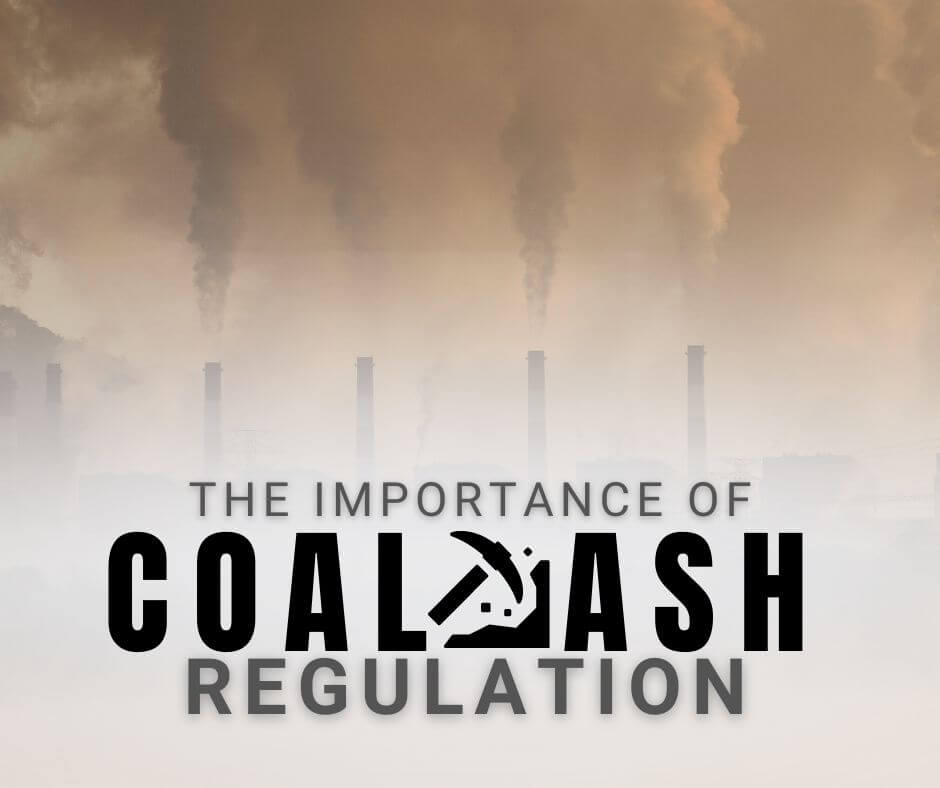The history of coal ash in Appalachia is intertwined with the region’s long-standing coal mining industry. Appalachia, which spans parts of several states, including West Virginia, Kentucky, Virginia, and Tennessee, has been a major producer of coal for over a century.
Historically, coal mining in Appalachia was a primary source of employment and economic development for many communities in the region. However, along with the benefits of coal mining came significant environmental and health challenges, including coal ash management.
Coal ash, also known as coal combustion residuals, is a byproduct generated from burning coal in power plants to produce electricity. It consists of the solid residue left behind after coal is burned and contains various contaminants, including mercury, cadmium, chromium, and arsenic, which are associated with cancer and other serious health effects.
Historically, coal ash was often disposed of in impoundments or landfills near coal-fired power plants. These disposal methods raised concerns about water contamination, as leachate from the ash could seep into groundwater and nearby waterways, potentially contaminating drinking water sources and harming aquatic ecosystems.
In recent years, there has been growing awareness of the environmental and health risks associated with coal ash disposal, leading to increased regulation and scrutiny of coal ash management practices. In 2008, a significant coal ash spill occurred at the Tennessee Valley Authority’s Kingston Fossil Plant in eastern Tennessee, releasing millions of cubic yards of coal ash into the surrounding area and causing widespread environmental damage. This event highlighted the dangers of improper coal ash disposal and prompted calls for stricter regulations.
Since then, there have been efforts to improve the regulation and management of coal ash in Appalachia and across the United States. In 2015, the U.S. Environmental Protection Agency (EPA) issued regulations known as the Coal Combustion Residuals Rule, which established minimum standards for the disposal of coal ash to protect human health and the environment. However, concerns remain about the long-term impacts of coal ash disposal in Appalachia and other coal-producing regions, as well as the legacy of environmental contamination from decades of coal mining activities.
On April 25, 2024, the EPA announced a suite of final rules to reduce pollution from coal-fired power plants and to improve public health. One of these rules focuses on safer management of coal ash that is placed in areas that were previously unregulated by the 2015 rule. The new rule will require proper closure procedures of legacy surface coal ash impoundments or impoundments at inactive facilities. The regulations for these legacy sites will be similar to those required at other sites by the 2015 rule.
If not properly managed, coal ash can contaminate water sources, soil, and air with heavy metals and other toxic substances, posing risks to human health and ecosystems. Proper disposal and management of coal ash are essential to minimize its environmental impact.

